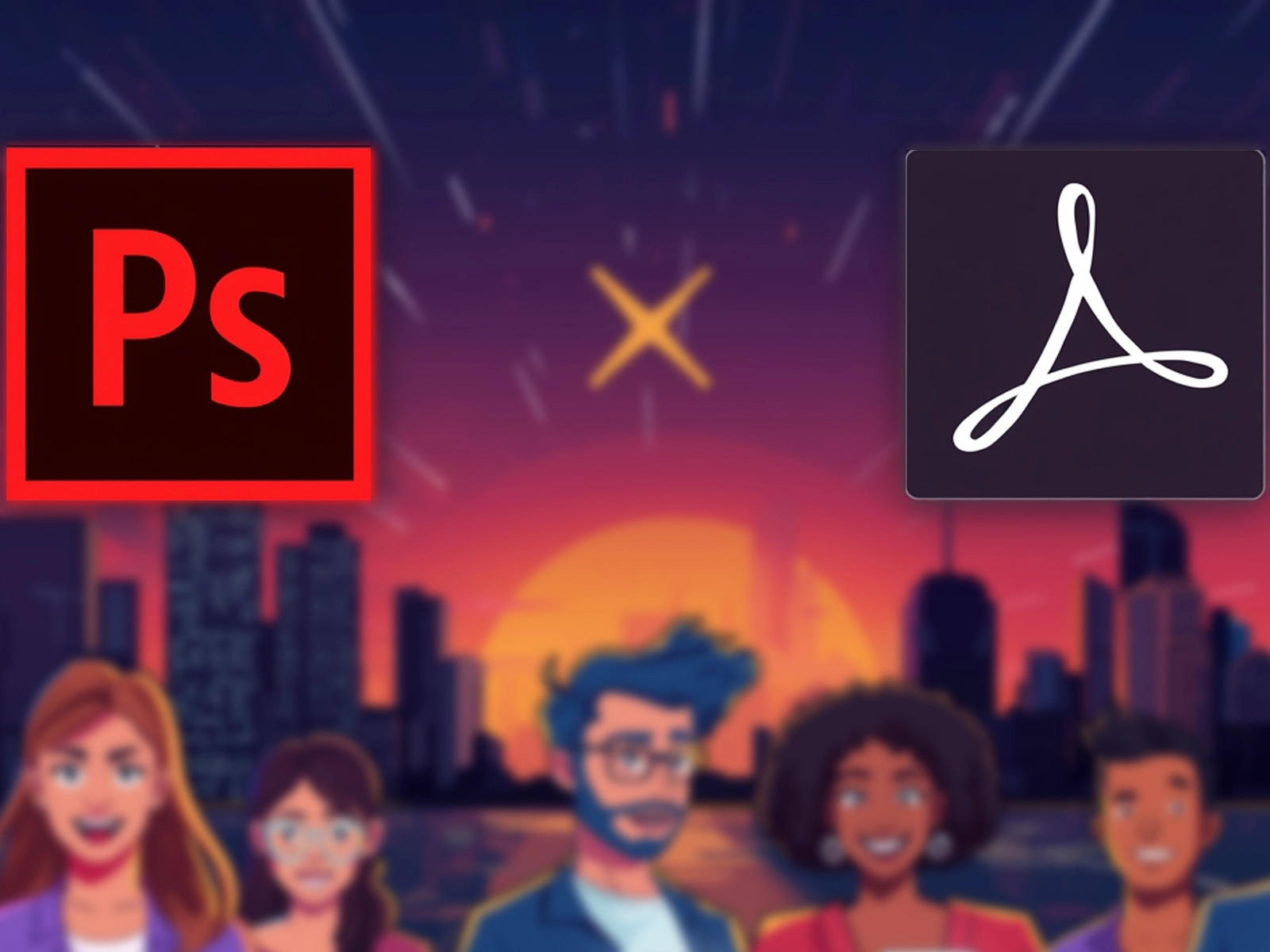
How conversational AI is changing the economics of paid search

How duplicate content reduces brand visibility in AI Search

Adobe announces integration of Photoshop, Express, and Acrobat features into ChatGPT

6 minutes
Creating effective ad copy remains one of the biggest challenges in PPC marketing. It is a time-consuming, costly process that often involves trial and error—especially when scaling campaigns across different audiences and formats.
Generative AI offers new opportunities, already reshaping how brands develop and optimize Google Ads across text, video, and display formats. Its benefits are clear: faster production, deeper personalization, and improved performance. However, automation alone does not guarantee success—careful strategy and active involvement of marketers are essential.
Generative AI is no longer just an auxiliary tool—it has become a true “engine” for creating Google Ads copy. Its capabilities cover the entire process, from initial ideation to large-scale personalization and optimization.
Instead of spending hours brainstorming and manually crafting ad copy, AI can generate dozens of headline and description variations in seconds.
It can:
This not only saves time in the initial creative phase but also allows marketers to quickly explore multiple ways to present the same offer.
One of the biggest challenges of traditional copywriting is adapting messages for different audience segments. Generative AI solves this by leveraging user data:
For example, a single product like running shoes can have two completely different messages:
Google favors ads that are unique, relevant, and diverse. AI can quickly generate a large number of variations:
This can significantly impact Ad Strength and Quality Score, thereby improving visibility and lowering cost per click.
Traditional A/B testing requires creating multiple copy versions manually. AI enables:
This is especially valuable in highly competitive niches where speed and adaptability are crucial.
For brands running campaigns in multiple markets, AI serves as a “translator and localizer in one.” It can adapt copy while considering:
For instance, a slogan that works well for an English-speaking audience can be reformulated for Ukraine while maintaining natural phrasing and emotional impact.
The effectiveness of AI-generated copy depends directly on the quality of prompts. Think of yourself as a conductor, and the AI as the orchestra—the more precise the “sheet music,” the better the result.
Generative AI is a powerful assistant, but not a replacement for human creativity and judgment. Every AI-generated ad copy should undergo thorough review.
Generative AI should be seamlessly integrated into your Google Ads workflow rather than treated as a standalone tool.
The AI landscape evolves rapidly, and your strategy should too.
Responsible AI usage is crucial to protect brand reputation, user trust, and comply with legal standards.
Generative AI opens new horizons for Google Ads, enabling faster creation, deeper personalization, optimized A/B testing, and international scalability.
Its effectiveness, however, depends on human oversight—ensuring accuracy, brand consistency, ethical standards, and legal compliance. AI complements marketers, allowing them to focus on strategic decisions and creative approaches.
Responsible use of AI, combined with transparency, data protection, and bias mitigation, is essential for building trustworthy campaigns.
Marketers who learn to harness AI power while applying human judgment will gain a competitive edge, creating ads that are not only effective but also trusted by their audiences.
Ultimately, the future of Google Ads is a synergy of AI and human guidance, where technology works for people, not instead of them.
This article available in Ukrainian.
Say hello to us!
A leading global agency in Clutch's top-15, we've been mastering the digital space since 2004. With 9000+ projects delivered in 65 countries, our expertise is unparalleled.
Let's conquer challenges together!
performance_marketing_engineers/
performance_marketing_engineers/
performance_marketing_engineers/
performance_marketing_engineers/
performance_marketing_engineers/
performance_marketing_engineers/
performance_marketing_engineers/
performance_marketing_engineers/